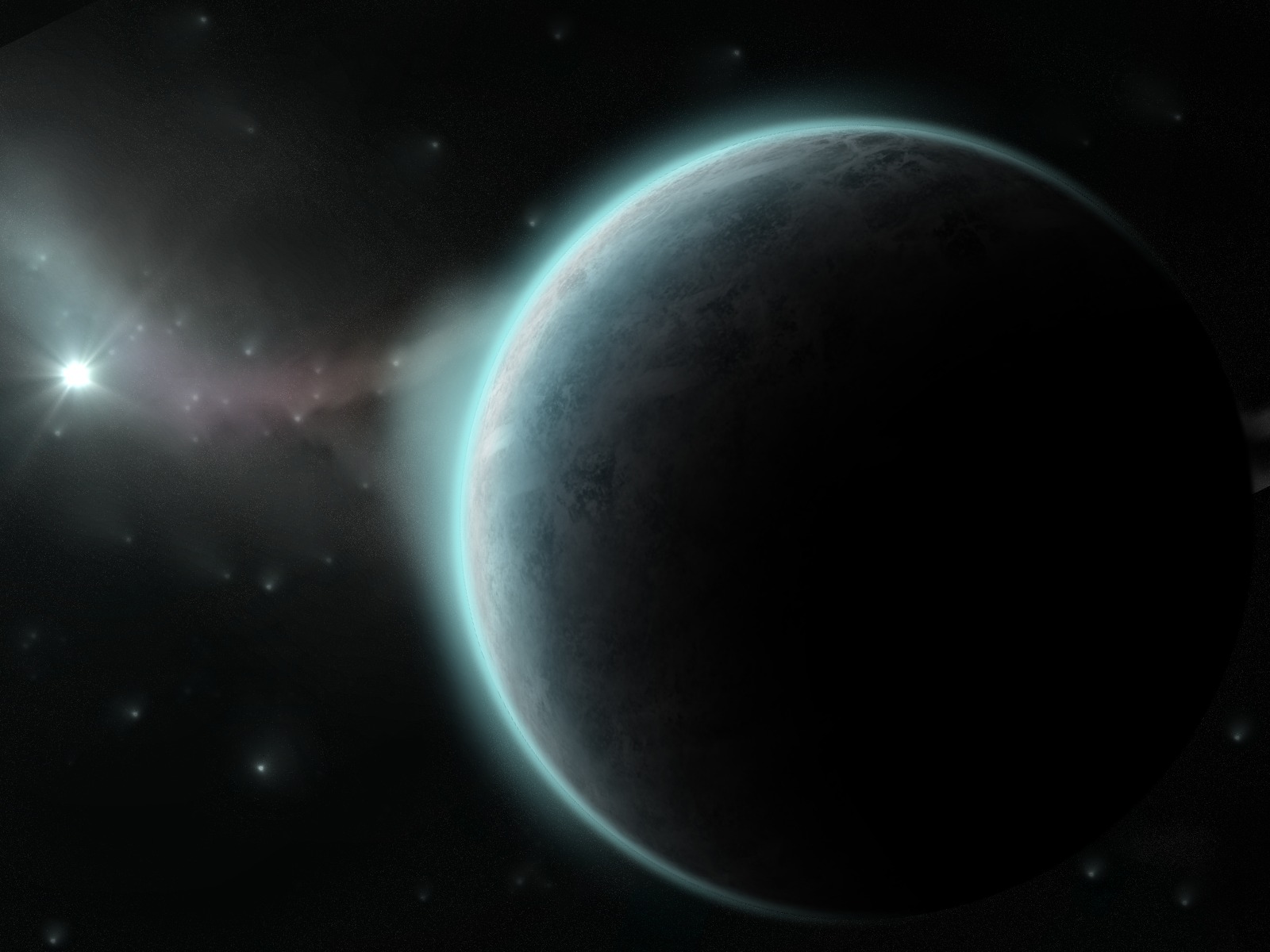
We’re back, and we come bearing a gift: Thrive 0.4.2.
As if one ecosystem full of dynamically evolving cells of all shapes and sizes wasn’t enough, it’s time to experience the might of several chained together, rife for evolutionary exploration. This release introduces the patch map, the first step towards a wider simulation.
As always, we recommend downloading via the Thrive launcher. Get the latest version here:
Read on to find out more about this latest release, along with all the general Thrive news…
Thrive 0.4.2
So, what’s new in Thrive 0.4.2 and what does it mean for your little cellular friends? You can read the patch notes here, or read on for a more in-depth look.
Patch Map
The headline feature of this latest release is the patch map, a system for moving between different biomes. Each patch has its own distinctive characteristics, such as compound levels and ambient environmental factors, as well as a unique ecosystem.
Take the coastal patch. There’s plenty of light here, so photosynthesis is possible and effective. You’ll see more plant-like cells in this patch than others as a result.
You’ll only find iron chunks and marine snow in certain biomes too, adding some cosmetic “terrain” differences.
You can move between patches via a new menu in the cell editor. It’s pretty bare bones right now, but we’ve found it already opens up so many more gameplay opportunities. You’ll also get statistics on proto-Auto-Evo (the placeholder evolution system in-game right now) to see how well each species is doing and why.
New Graphics Engine
Programmer hhyyrylainen worked overtime to replace Ogre, our old graphics engine, with a new open-source alternative, BSF.
There are still some bugs. Lighting needs some refinement for instance, which is why cells might now seem darker than they once were. Overall though we’re pleased with the stability of this new framework and believe it’s far simpler to maintain, so updates should get easier from here. We’ve already ironed out a load of errors and crashes to the point where the game is the most stable it’s ever been.
We are however sorry to say that anyone with integrated Intel graphics that they won’t be able to run Thrive or will have crippling FPS issues, and many older graphics cards will also have problems such as black windows. If you have issues please let us know on our community forums so we can compile a list of unsupported systems.
Along with the graphics changes, there’s also a new audio library, squashing a load of bugs caused by sound errors, which proved the majority in earlier releases.
Plus, a few of the organelle models and animations have been spruced up. This will surely continue in future.
UI Changes
We’ve made a few minor UI changes to improve your ability to play the game.
You’ll notice a reproduction progress bar in the main screen, expanded help text, editor hex changes, and of course, organelle models appearing in the editor.
Evolution System Changes
All cells now descend from the player’s initial cell, creating a realistic LUCA (Last Universal Common Ancestor) situation. The branches of life then expand outwards using the evolution system developed in the last release.
If you haven’t already, read our last Devblog for an overview of a proposed final evolutionary system.
Freebuild Editor
There’s now a microbe freebuild editor in the tools menu, so your imagination can run free without the constraints of Mutation Points.
Other News
If you’ve been watching our website at all in the last few months, you’ll have noticed weekly progress updates. We want to get better at communicating the game’s progress to our fans who maybe aren’t keeping up with every forum post and Git commit.
We invite you to look back through recent posts for all recent developments in the Thrive-o-sphere, and to check back here every Saturday for more.
Where Next?
From Thrive 0.4.3 onwards, we want to expand the underlying simulation brought about by our placeholder Auto-Evo and the patch map, until we finally bring it in line with our vision of a deep and player-responsive evolution system.
We’ll also be working on gameplay. We hope to include the stabbiest of stabby organelles, the predatory pilus, allowing players to skewer their prey to release the juicy innards.
We’re also aware of the need for general polishing, especially of the UI. We haven’t worked on this much for this release as one thing we hope to implement soon is another UI overhaul. Below is our current in-game progress, courtesy of Dak28. Sadly we couldn’t complete this before our agreed release date for 0.4.2, so look out for it next time.

Read our forum thread on the topic for more information and other possibilities. And as always, we’d love to hear your preferences on our community forums for where to go next. Just don’t suggest underwater cell civilisations or anything.
That about wraps up this Devblog. Join us later today for our release livestream as we answer your questions, outline plans for the future, and inevitably descend into meme-induced chaos.



